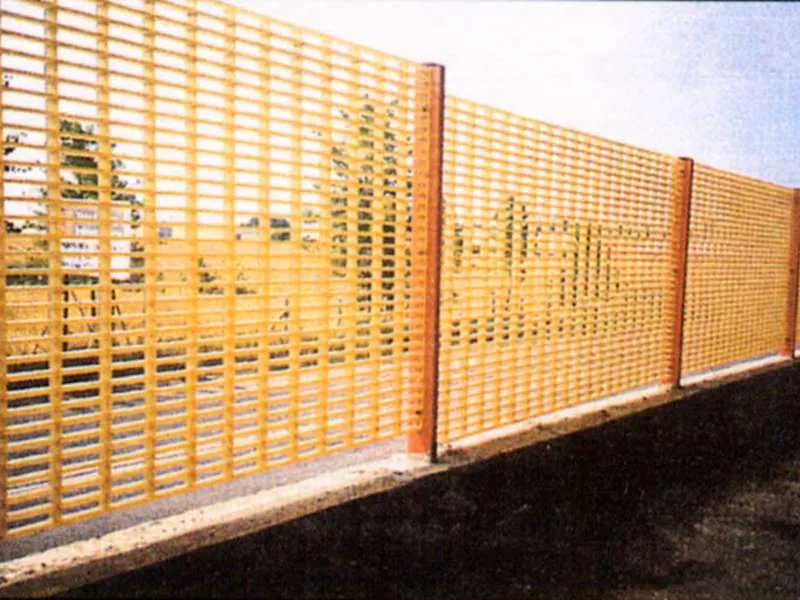
-
 Afrikaans
Afrikaans -
 Albanian
Albanian -
 Amharic
Amharic -
 Arabic
Arabic -
 Armenian
Armenian -
 Azerbaijani
Azerbaijani -
 Basque
Basque -
 Belarusian
Belarusian -
 Bengali
Bengali -
 Bosnian
Bosnian -
 Bulgarian
Bulgarian -
 Catalan
Catalan -
 Cebuano
Cebuano -
 China
China -
 China (Taiwan)
China (Taiwan) -
 Corsican
Corsican -
 Croatian
Croatian -
 Czech
Czech -
 Danish
Danish -
 Dutch
Dutch -
 English
English -
 Esperanto
Esperanto -
 Estonian
Estonian -
 Finnish
Finnish -
 French
French -
 Frisian
Frisian -
 Galician
Galician -
 Georgian
Georgian -
 German
German -
 Greek
Greek -
 Gujarati
Gujarati -
 Haitian Creole
Haitian Creole -
 hausa
hausa -
 hawaiian
hawaiian -
 Hebrew
Hebrew -
 Hindi
Hindi -
 Miao
Miao -
 Hungarian
Hungarian -
 Icelandic
Icelandic -
 igbo
igbo -
 Indonesian
Indonesian -
 irish
irish -
 Italian
Italian -
 Japanese
Japanese -
 Javanese
Javanese -
 Kannada
Kannada -
 kazakh
kazakh -
 Khmer
Khmer -
 Rwandese
Rwandese -
 Korean
Korean -
 Kurdish
Kurdish -
 Kyrgyz
Kyrgyz -
 Lao
Lao -
 Latin
Latin -
 Latvian
Latvian -
 Lithuanian
Lithuanian -
 Luxembourgish
Luxembourgish -
 Macedonian
Macedonian -
 Malgashi
Malgashi -
 Malay
Malay -
 Malayalam
Malayalam -
 Maltese
Maltese -
 Maori
Maori -
 Marathi
Marathi -
 Mongolian
Mongolian -
 Myanmar
Myanmar -
 Nepali
Nepali -
 Norwegian
Norwegian -
 Norwegian
Norwegian -
 Occitan
Occitan -
 Pashto
Pashto -
 Persian
Persian -
 Polish
Polish -
 Portuguese
Portuguese -
 Punjabi
Punjabi -
 Romanian
Romanian -
 Russian
Russian -
 Samoan
Samoan -
 Scottish Gaelic
Scottish Gaelic -
 Serbian
Serbian -
 Sesotho
Sesotho -
 Shona
Shona -
 Sindhi
Sindhi -
 Sinhala
Sinhala -
 Slovak
Slovak -
 Slovenian
Slovenian -
 Somali
Somali -
 Spanish
Spanish -
 Sundanese
Sundanese -
 Swahili
Swahili -
 Swedish
Swedish -
 Tagalog
Tagalog -
 Tajik
Tajik -
 Tamil
Tamil -
 Tatar
Tatar -
 Telugu
Telugu -
 Thai
Thai -
 Turkish
Turkish -
 Turkmen
Turkmen -
 Ukrainian
Ukrainian -
 Urdu
Urdu -
 Uighur
Uighur -
 Uzbek
Uzbek -
 Vietnamese
Vietnamese -
 Welsh
Welsh -
 Bantu
Bantu -
 Yiddish
Yiddish -
 Yoruba
Yoruba -
 Zulu
Zulu
Lightweight FRP Vehicle Design for Enhanced Performance and Efficiency
Lightweight FRP Vehicles Innovations in Automotive Design
In the realm of automotive engineering, the quest for lightweight vehicles has led to the emergence of innovative materials such as Fiber Reinforced Polymer (FRP). This composite material is rapidly gaining traction in the automotive industry due to its unique advantages over traditional materials like steel and aluminum. In this article, we will explore the significance of FRP in the design and manufacturing of lightweight vehicles, its benefits, and the future potential it holds.
The Essence of Lightweight Design
The automotive sector has long recognized that reducing vehicle weight is essential for improving fuel efficiency, enhancing performance, and minimizing environmental impact. Lightweight vehicles consume less energy, which directly translates into lower greenhouse gas emissions. In this context, the use of FRP becomes pivotal, given its superior strength-to-weight ratio. FRP combines a polymer matrix—typically epoxy or polyester—with fibrous reinforcement materials such as glass or carbon fiber. This combination results in a material that is not only lightweight but also exhibits exceptional durability and resistance to corrosion.
Advantages of FRP in Automotive Applications
1. Weight Reduction One of the primary advantages of using FRP in vehicle design is its ability to significantly reduce weight without compromising structural integrity. For instance, vehicles made of FRP can be up to 30-50% lighter than their metal counterparts, which can lead to notable improvements in fuel efficiency and overall vehicle performance.
2. Enhanced Fuel Efficiency With reduced weight, the energy required for propulsion diminishes. Lightweight vehicles powered by internal combustion engines, hybrid systems, or even electric propulsion systems can benefit greatly from FRP structures, resulting in improved miles per gallon (MPG) ratings and increased range for electric vehicles.
similar titles for frp car lightweight vehicle made of ...

3. Design Flexibility FRP offers designers and engineers the flexibility to create complex shapes and structures that would be challenging to achieve with traditional materials. This capability not only allows for more aerodynamic designs but also enables the incorporation of aesthetic features that enhance the vehicle's appeal.
4. Environmental Sustainability The use of FRP can contribute to more sustainable vehicle production processes. Many FRP composites can be produced with relatively low energy inputs compared to traditional metallic manufacturing processes. Additionally, as processes improve, recycling options for FRP materials are becoming more viable, further enhancing their eco-friendliness.
Challenges and Considerations
Despite its numerous advantages, the adoption of FRP in vehicles is not without challenges. The initial cost of raw materials and manufacturing processes can be higher than traditional options, which may deter some manufacturers from making the switch. Furthermore, the repair and recycling processes for FRP still require significant advancements to establish a more sustainable lifecycle for these materials.
The Future of FRP in Automotive Engineering
Looking ahead, the future of FRP vehicles appears promising. Ongoing research and development are focused on reducing costs, improving manufacturing methods, and enhancing the performance characteristics of FRP. As technology advances, we can expect the automotive industry to increasingly embrace these materials, leading to the development of safer, more efficient, and environmentally friendly vehicles.
In conclusion, Fiber Reinforced Polymer represents a significant step forward in lightweight vehicle design. Its unique properties offer various benefits, from improved fuel efficiency to design flexibility, making it an attractive option for car manufacturers aiming to meet the challenges of modern automotive engineering. As advancements continue, FRP may soon become the standard in lightweight vehicle construction, paving the way for a more sustainable automotive future.
Latest news
-
Fiberglass 90 Degree Elbow for Custom Tanks & High Pressure Pipes Durable and Corrosion ResistantNewsJun.24,2025
-
Exploring the Benefits of Top Hammer Drifter Rods for Enhanced Drilling PerformanceNewsJun.10,2025
-
High-Precision Fiberglass Winding Machine for GRP/FRP Pipe Production – Reliable & Efficient SolutionsNewsJun.10,2025
-
FRP Pipes & Fittings for Shipbuilding - Corrosion-Resistant & LightweightNewsJun.09,2025
-
Premium FRP Flooring Solutions Durable & Slip-ResistantNewsJun.09,2025
-
Premium Fiberglass Rectangular Tanks Durable & Lightweight SolutionNewsJun.09,2025









